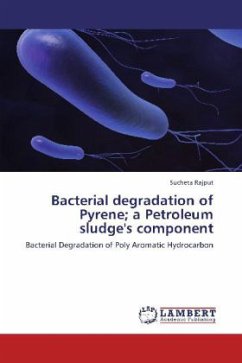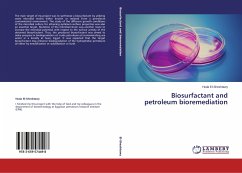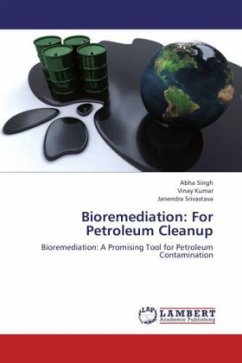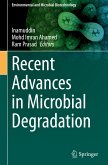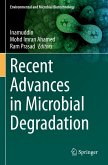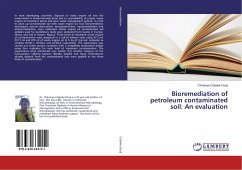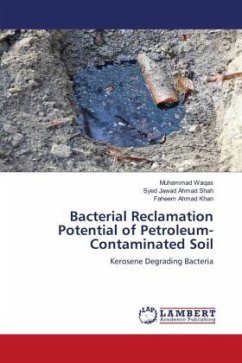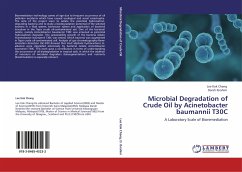Petroleum, being a major source of energy, not only supports the modern society, but also serves as a source for serious environmental pollutants. Petroleum contaminated soil contains hydrocarbon mixtures, among which PAHs, are considered as a major environmental threat because of their potential for toxicity, mutagenicity and carcinogenicity.High molecular weight PAHs, such as pyrene and anthracene appear much more difficult to degrade. Microbes breakdown the organic pollutants by utilizing oxygen as an electron acceptor and they gain energy, and often carbon, as electrons are transferred. The purpose of this work was to investigate the degradation of major Poly Aromatic Hydrocarbon of petroleum sludge pyrene (4 aromatic rings) by two native petroleum hydrocarbon degrading bacteria isolated from sludge of Barauni oil refinery. Changes in soil pH, bacterial biomass, their protein and enzyme activities (i.e. catechol 1,2 dioxygenase and catechol 2,3 dioxygenase) were also observedduring the degradation of Pyrene. A microbe based technology for degradation of industrial organic wastes is an economical and eco-friendly technology as compared to conventional technologies available.
Bitte wählen Sie Ihr Anliegen aus.
Rechnungen
Retourenschein anfordern
Bestellstatus
Storno

